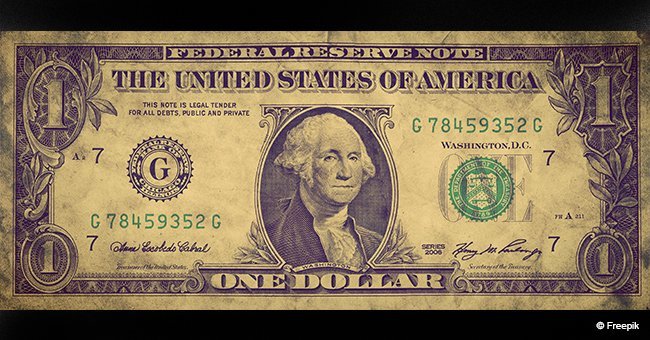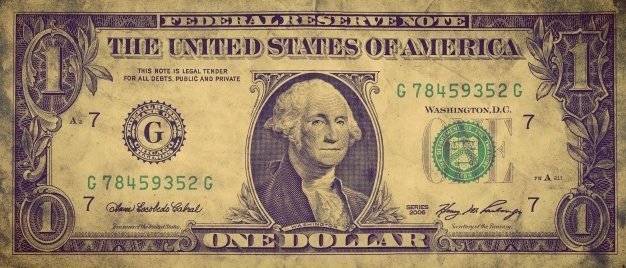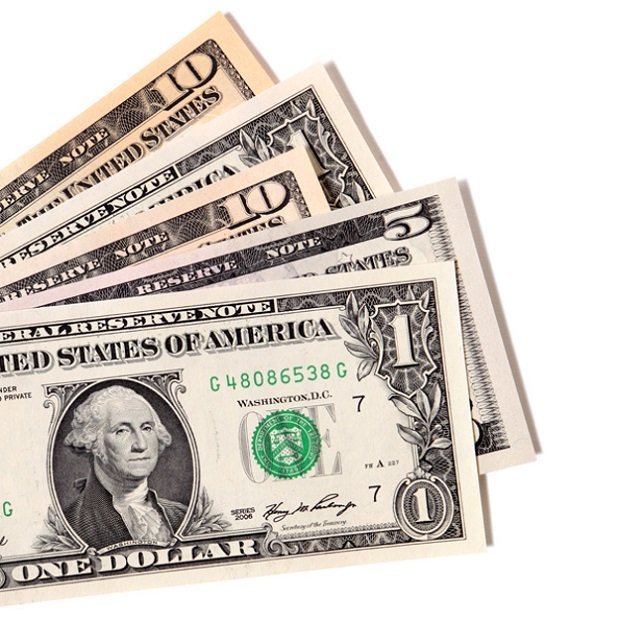
People are walking around with $1 bills that might be worth thousands
Your money may be worth more money than you think. The key is the eight-digit serial number, and whether it seems ‘fancy’ or special to collectors.
If a serial number’s digits are unique or interesting, collectors might be willing to pay big money for it. You’ll make the most profit off a $1 bill with a fancy serial number, since its face value is lower than, say, a $20 bill, but it’s worth scanning all your cash.
There are $1 bills currently in circulation that may be worth hundreds, potentially even thousands of dollars, and it all comes down to the serial number printed on the bill—and you could have one already in your possession.
According to The Penny Hoarder, the website CoolSerialNumbers.com has created a list of the most sought-after $1 bills, and it’s a fairly long list. Read more on our Twitter account @amomama_usa.
The U.S.-based site lists all the different notes that collectors are looking out for and allows serial number fans to get in touch with one another.

Source: Freepik
With over 90 different combinations of serial numbers listed, what they’re really looking for is an unusual number pattern or specific sequencing of the numbers.
Seven repeating numbers in a row: If you see something like 17777777, or 65555555, then you may have something of value.
Seven numbers of the same kind (in no particular order): numbers like 33363333 are considered special.
Numbers that super repeat: like 898989898 (or other variations of repeating values) stand out to collectors for sure.

Source: Freepik
Radar Numbers: a radar number it’s the numerical version of a palindrome (words that read the same forwards and backwards: like the word radar itself). The number 02233220 is a radar number because no matter which way you read it, it’s the same.
Super Radar Numbers: a super radar number is a radar number with all the same interior six digits. Numbers like 10000001 and 011111110 are examples of radar numbers and sought after serial numbers of $1 bills.
Ladder Numbers: Think of ladder numbers like a sequential pattern. Every number is either one lower or one higher than the previous digit. So, something like 12345678 or 987654321 would be examples of ladder numbers.
Double Quad Numbers: this consist of four repeating numbers followed by another set of four repeating numbers. For example, 44440000 or 11110000.
Remember from now on that every time you’re handed a new $1 bill, you better look for unique patterns in the serial numbers that either repeat or have a rare sequencing.
